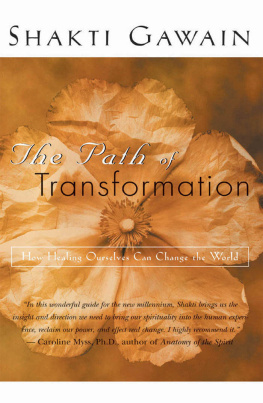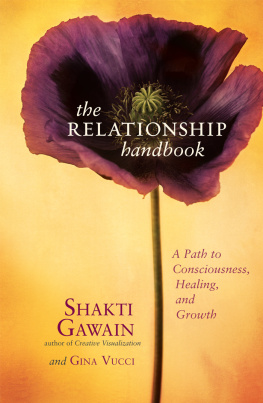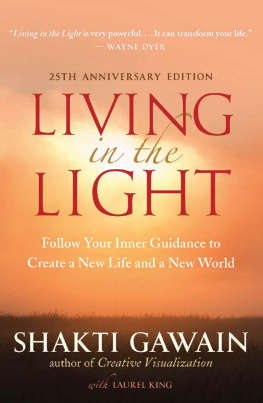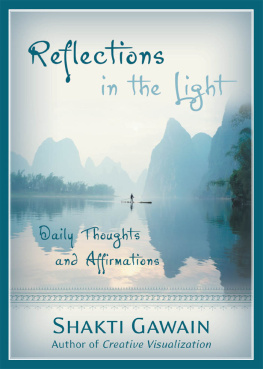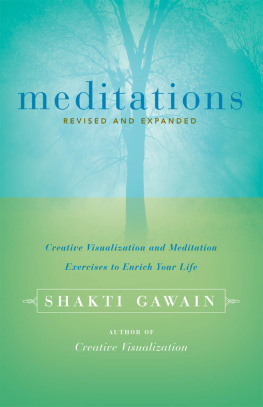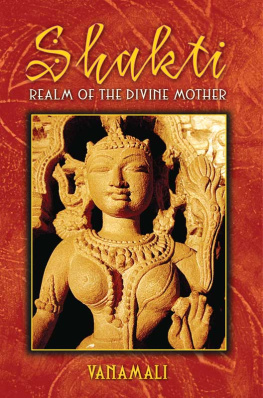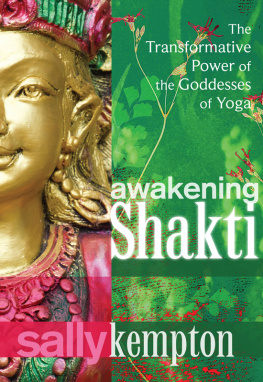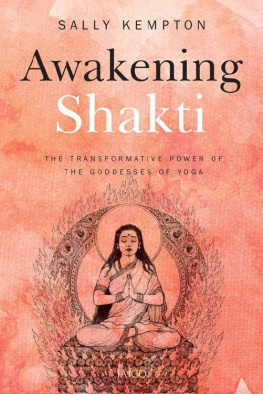The Path of
Transformation
The Path of
Transformation
How Healing Ourselves Can Change the World
SHAKTI GAWAIN
NATARAJ PUBLISHING
A Division of
NEW WORLD LIBRARY
NOVATO, CALIFORNIA

Nataraj Publishing
A Division of
New World Library
14 Pamaron Way
Novato, California 94949
Revised edition 2000 by Shakti Gawain
Original edition 1993 by Shakti Gawain
Front cover design by Alexandra Honig
Text design by Tona Pearce Myers
All rights reserved. This book may not be
reproduced in whole or in part, or transmitted in any form, without written
permission from the publisher, except by a reviewer who may
quote brief passages in a review; nor may any part of this book be
reproduced, stored in a retrieval system, or transmitted in any form
or by any means electronic, mechanical, photocopying, recording,
or other, without written permission from the publisher.
Library of Congress Cataloging-in-Publication Data
Gawain, Shakti 1948
The path of transformation : how healing ourselves can change the
world / by Shakti Gawain.
p. cm.
Originally published: 1993.
Includes bibliographical references.
978-1-57731-154-6
1. Conduct of life. I. Title.
BJ1581.G35 2000 |
158.1dc21 | 00-020076 |
First printing of revised edition, March 2000.
ISBN 978-1-57731-154-6
Printed in Canada on acid-free paper
Distributed to the trade by Publishers Group West
10 9 8 7 6 5 4 3 2
To all the teachers and friends
who have helped me along my own
transformational path.
CONTENTS


M y heartfelt thanks go to my editor, Hal Bennett. Your creativity and expertise have added greatly to the book, and to my enjoyment in writing it.
Id like to express my appreciation to Jane Hogan for your vision and hard work in the creation of Nataraj Publishing, Kathy Altman for the ideas you contributed to the book and your overall support, and all the other people associated with Nataraj Publishing who have helped, directly or indirectly, to bring this book into form.
For the revised edition, Id like to thank Lora OConnor for your suggestions, as well as Georgia Hughes, Marc Allen, and everyone at New World Library.
Last, but certainly not least, a special thanks to my husband and partner, Jim Burns, for your loving support on all levels.

S hakti Gawain walks her talk. It has been an honor, even a saving grace, to have known her through most of her adult life.
She was a fervent student and seeker when I met her. She was twenty-six, and had just returned from a two-year journey around the world. She had spent the last year in India, and the experience had ignited her passion for a different way of life. India awakened her to the world of the spirit.
She spent years integrating her India experience, and continued to explore all kinds of other paths, and to learn and grow. When I met her, we were both what were fondly called workshop junkies in the San Francisco Bay area.
When she turned thirty, she wrote Creative Visualization, a book that pulled together and expressed what she had learned through her searching and questioning. It turned out she had a wonderful gift as a writer. Her words touched people in a gentle, caring way and led them into new worlds and new lives of greater possibilities.
She kept learning new things, finding new teachers and guides always fully and sometimes painfully honest about herself and her ongoing struggles and the process of growth as she worked with the people attending her seminars and talks. Seven years after Creative Visualization was published, she wrote Living in the Light.
Both of her books were very successful, and Shakti was faced with the problem that a lot of people wanted to put her up on a pedestal and make her their guru. She absolutely refused to play that game, however, and instead taught and encouraged her students to find and follow their own inner wisdom.
Shortly after Living in the Light was published, she met Drs. Hal and Sidra Stone, the creators of the Psychology of Selves and the powerful technique of Voice Dialoque. They are the authors of several great books, including Embracing Our Selves and their recent Partnering: A New Kind of Relationship. Working deeply with the Stones over several years helped Shakti tremendously, and she incorporated some of their most important and powerful principles into her own work with people and in her writing. She has been able to bring the Stones understanding of the intricate workings of our psyches, with all our different subpersonalities, to a much broader audience.
Seven years after Living in the Light was published, she wrote her third major book, The Path of Transformation. During those years, her insight deepened tremendously, and she continued to work very closely with the Stones. She also relaxed a great deal more, and enjoyed life more. She had an almost electric intensity in her early years one reason why the name Shakti fit her so well (it means life energy in the Sanskrit language). Her growth and maturity brought her a calmness and a clarity and even a sense of peace that is contagious.
It takes a special kind of insight to do what Shakti does: She has an analytical, scientific mind that she rigorously applies to everything she has learned. Yet she is also able to see the broad picture in a way few others can.
In this book, she writes of the three different kinds of paths that we choose to walk either the path of the material world, the path of transcendence, or the path of transformation. I dont know if anyone else today has seen it in quite the same way. Her insight is fresh and unique, and helps me to see my own path and the paths of others with more understanding and clarity. Many other writers and teachers talk about our physical, emotional, mental, and spiritual bodies, but Shakti brings a great depth to it that allows us to use her words as tools that can affect the quality of our lives.
In a way, The Path of Transformation was ahead of its time. Now, seven years after its initial publication, Shakti has revised it for the twenty-first century. It contains much that will be necessary and helpful to us in this new millennium. During and after reading

